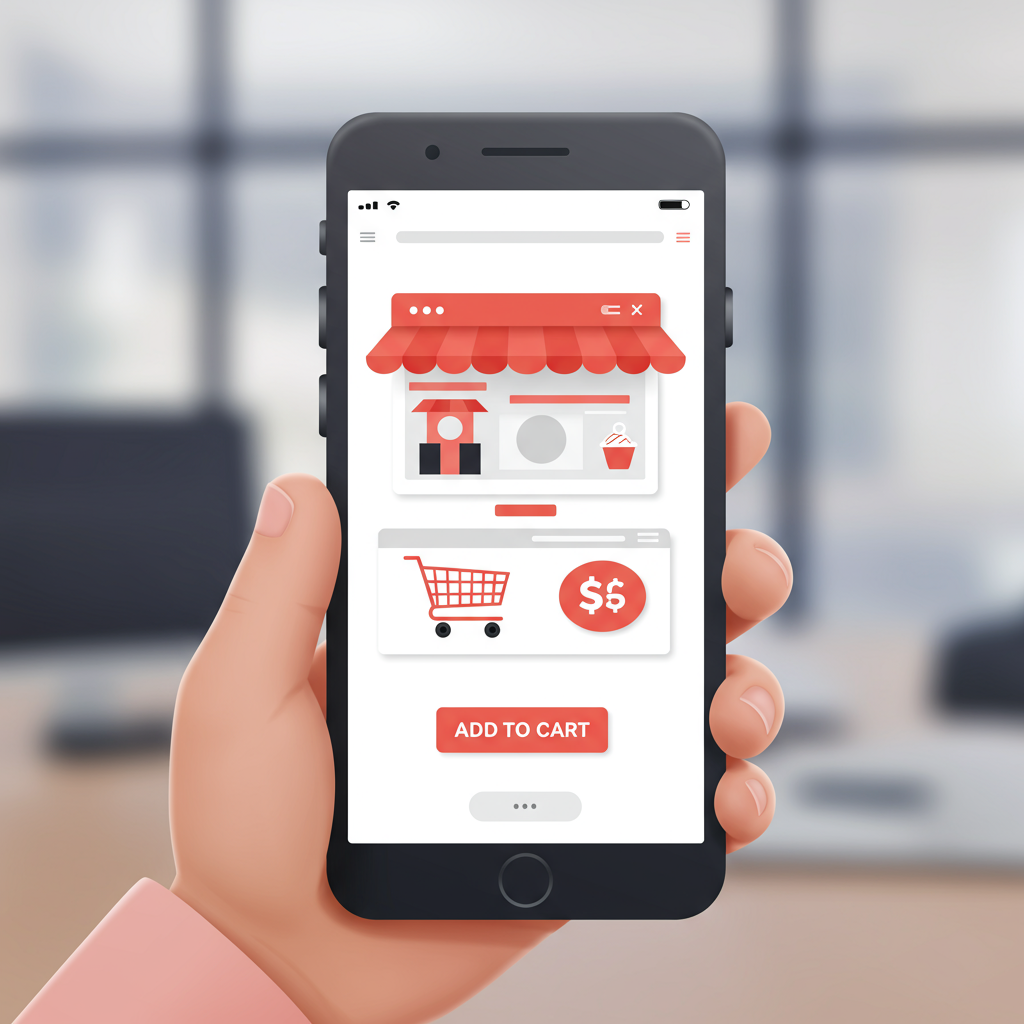Optimizing Your Online Shop for the Smartphone Generation
Hello fellow Shopify merchants! Today, I want to talk about something incredibly crucial for your online store’s success: designing for mobile first.
In my experience, many of us still think about desktop design first and then adapt for mobile. But the truth is, the world has shifted dramatically.
A vast majority of online shopping now happens on smartphones. Ignoring this trend is like leaving money on the table, plain and simple.
When I say “mobile-first,” I mean starting your design process with the smallest screen in mind. What’s essential? What can be simplified?
This approach forces you to prioritize content and functionality, ensuring that only the most vital elements make it onto the mobile screen.
It’s about delivering a seamless, fast, and intuitive experience for customers on the go, which ultimately leads to higher conversions.
So, how do we achieve this on Shopify? Let’s dive into some actionable steps I’ve found incredibly effective.
First and foremost, your Shopify theme is your foundation. I always recommend choosing a theme that is inherently responsive and designed with mobile in mind.
Many modern Shopify themes are built this way, but it’s crucial to test them thoroughly on various mobile devices before committing.
Look for themes that offer clean layouts, large touch targets, and minimal clutter. Simplicity is your best friend here.
Next, image optimization is non-negotiable. Large, unoptimized images are the primary culprits behind slow loading times on mobile.
I always compress my images before uploading them to Shopify. Tools like TinyPNG or Shopify’s built-in image optimization can help immensely.
Consider using next-gen formats like WebP if your theme supports them, as they offer superior compression without sacrificing quality.
Navigation is another critical area. On mobile, complex menus can be frustrating. I advocate for clear, concise, and easily accessible navigation.
A well-implemented “hamburger” menu is often the best solution, but ensure its icon is prominent and its contents are logically organized.
Limit the number of top-level menu items. Think about what a mobile user *really* needs to find quickly.
Product pages are where conversions happen. For mobile, I focus on making product information digestible and calls-to-action prominent.
Keep product descriptions concise and use bullet points for key features. Customers on mobile are often scanning, not reading long paragraphs.
Ensure your product images are high-quality but optimized, and that they load quickly. Swiping through images should be smooth.
The “Add to Cart” button must be large, easily tappable, and ideally “sticky” as the user scrolls, so it’s always visible.
The checkout process is where many mobile users abandon their carts. My goal is always to make it as frictionless as possible.
Minimize the number of steps. Shopify’s one-page checkout is a huge advantage here.
Enable autofill for forms and offer popular payment methods like Shop Pay, Apple Pay, or Google Pay for quick transactions.
I also recommend regularly testing your store on different mobile devices and browsers. What looks good on your iPhone might not on an Android tablet.
Use Google Analytics and Shopify’s built-in reports to monitor mobile traffic, bounce rates, and conversion rates. This data is invaluable.
If you notice a high bounce rate on mobile, it’s a clear sign that something needs improvement. Dive into the user flow to identify bottlenecks.
Consider using Shopify apps specifically designed to enhance mobile experience, such as those for sticky add-to-cart buttons or mobile-friendly pop-ups.
Remember, a mobile-first approach isn’t just about aesthetics; it’s about user experience, speed, and ultimately, your bottom line.
By prioritizing mobile, you’re not just adapting to current trends; you’re future-proofing your business and providing the best possible experience for your customers.
What are your thoughts on designing for mobile-first? Have you implemented any of these strategies, and what results have you seen?
I truly believe that investing time and effort into optimizing your Shopify store for mobile will yield significant returns. It’s an ongoing process, but a rewarding one.






